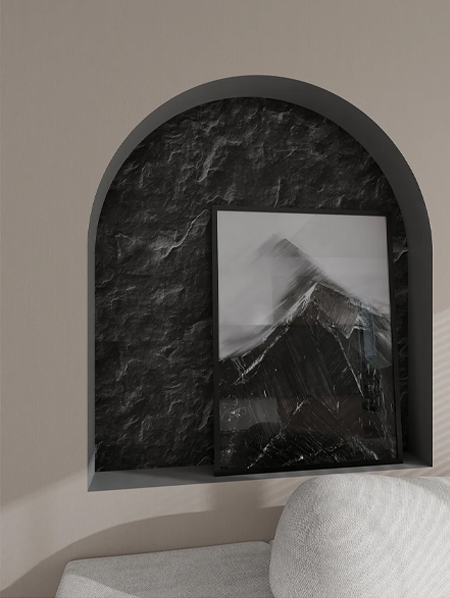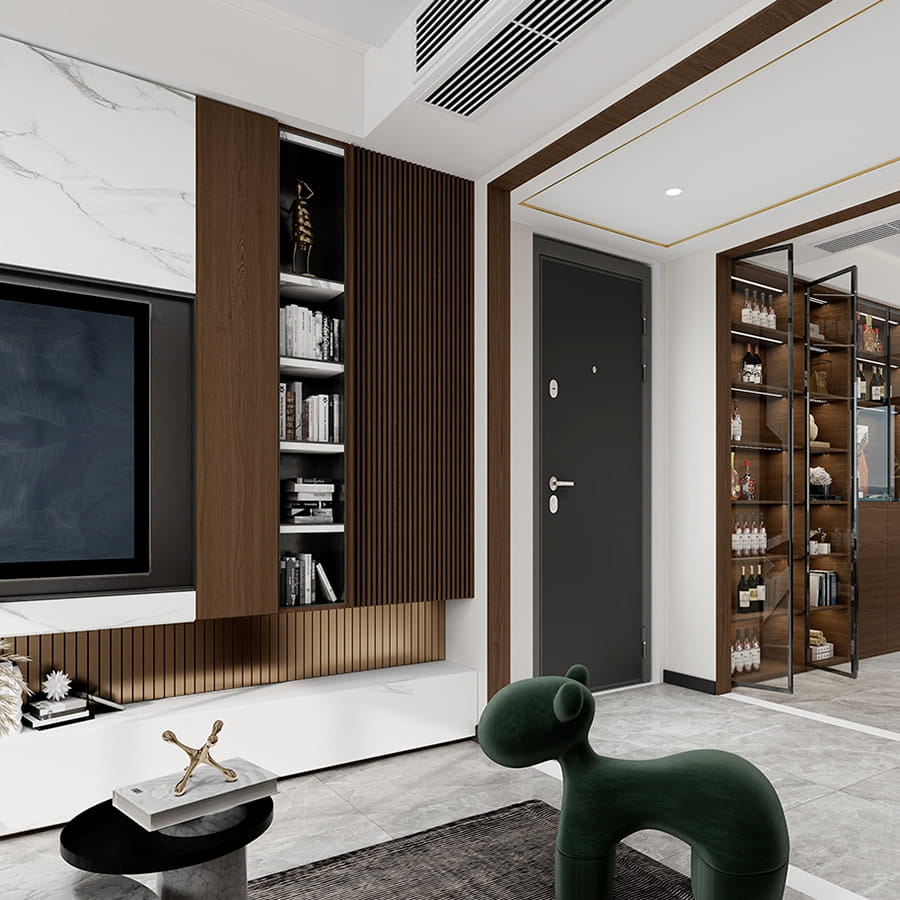
Our team is proud to offer on time guarantee and product guarantee to customer satisfaction.
Read More

Choosing the right Wood Grain Decorative Papers for a specific application requires a balance between cost and performance. Here are the specific steps and key factors:
Clear Application Requirements
Before choosing wood grain decorative papers, you must clarify the specific application scenarios and requirements, because different application scenarios have different performance requirements for paper.
Furniture Manufacturing:
Requires high wear and scratch resistance, while requiring realistic texture and uniform color.
Indoor Decoration:
Emphasis on aesthetics and environmental protection, may require UV resistance to prevent fading.
Floor Covering:
Requires extremely high wear and moisture resistance, and may need to meet fire protection standards.
Outdoor Use:
Must have weather resistance, UV resistance and waterproof performance.
Identify Key Performance Indicators
Based on the application scenario, determine the following key performance indicators and set priorities for each indicator:
Abrasion Resistance:
If the product needs to withstand high frequency of friction or wear (such as floors, tabletops), choose wood grain decorative papers with high wear resistance.
Water resistance:
For products used in humid environments (such as bathroom furniture or kitchen countertops), it is necessary to choose paper with good water resistance.
Scratch resistance:
For products that are easily scratched (such as furniture surfaces), paper with special coating should be selected.
Environmental protection:
If the target market has high environmental protection requirements (such as Europe or North America), paper that meets FSC or PEFC certification should be selected.
Color and texture performance:
For applications that focus on visual effects (such as high-end furniture or decorative panels), paper that can achieve high-precision printing and embossing effects should be selected.
Material and process selection
Choose appropriate materials and production processes according to performance requirements:
Substrate selection:
Kraft paper: Low cost, suitable for ordinary furniture or decorative panels.
Coated paper: Smooth surface, suitable for high-quality printing, but high cost.
Specialty paper: Has special physical or chemical properties (such as UV resistance, waterproof), suitable for high-end applications.
Coating technology:

UV coating: Provides high wear resistance and gloss, but the cost is high.
Polyurethane coating: Good wear resistance, moderate price, suitable for the mid-range market.
Uncoated: Lowest cost, but poor wear and scratch resistance.
Printing technology:
Offset printing: Suitable for mass production, low cost, but limited detail performance.
Digital printing: Can achieve personalized customization, suitable for small batch production, but the cost is high.
Gravure printing: Provides the highest printing quality, suitable for the high-end market.
Embossing process:
Embossing can enhance the realism and tactile effect of wood grain, but it will increase production costs. For high-end applications, embossing is indispensable.
Cost control strategy
Under the premise of ensuring performance, control costs in the following ways:
Optimize material selection:
Choose the most cost-effective substrate and coating materials according to actual needs. For example, for non-high-load applications, ordinary kraft paper can be selected instead of specialty paper.
Simplify production process:
If the requirements for texture details are not high, offset printing can be selected instead of digital printing; if the requirements for wear resistance are general, polyurethane coating can be selected instead of UV coating.
Bulk purchasing:
Bulk purchasing can reduce unit costs while establishing long-term cooperative relationships with suppliers and striving for better prices.
Localized production:
If possible, choose local suppliers to reduce transportation costs and tariffs.
Environmental and sustainability considerations
Environmental and sustainability are also increasingly important when choosing wood grain decorative paper:
Renewable materials:
Prefer paper made from renewable resources, such as FSC-certified pulp.
Low VOC emissions:
Use environmentally friendly inks and coating materials to ensure that the product does not release harmful substances during use.
Recycling:
If the product needs to be recycled at the end of its service life, materials that are easy to decompose or recycle should be selected.
Testing and verification
Before the final selection, the candidate materials should be tested and verified to ensure that their performance meets the requirements:
Laboratory testing:
Test key indicators such as abrasion resistance, water resistance, and scratch resistance.
Field testing:
Test the performance of the product in the actual application environment and observe its performance changes after long-term use.
Customer feedback:
Collect feedback from early users to understand the advantages and disadvantages of the product and adjust the selection accordingly.
Choosing the right wood grain decorative paper for a specific application requires finding the best balance between performance and cost. By clarifying application requirements, optimizing material and process selection, controlling costs, and paying attention to environmental protection and sustainability, you can ensure that the final product meets performance requirements and has good economic benefits.
We focus on environmentally friendly, healthy, and fashionable home decoration, making your living space shine with unique charm.
Copyright © Hangzhou Xinyue Decorative Materials Co., Ltd. All rights reserved.
Custom Decorative Papers Manufacturers
 English
English русский
русский عربى
عربى